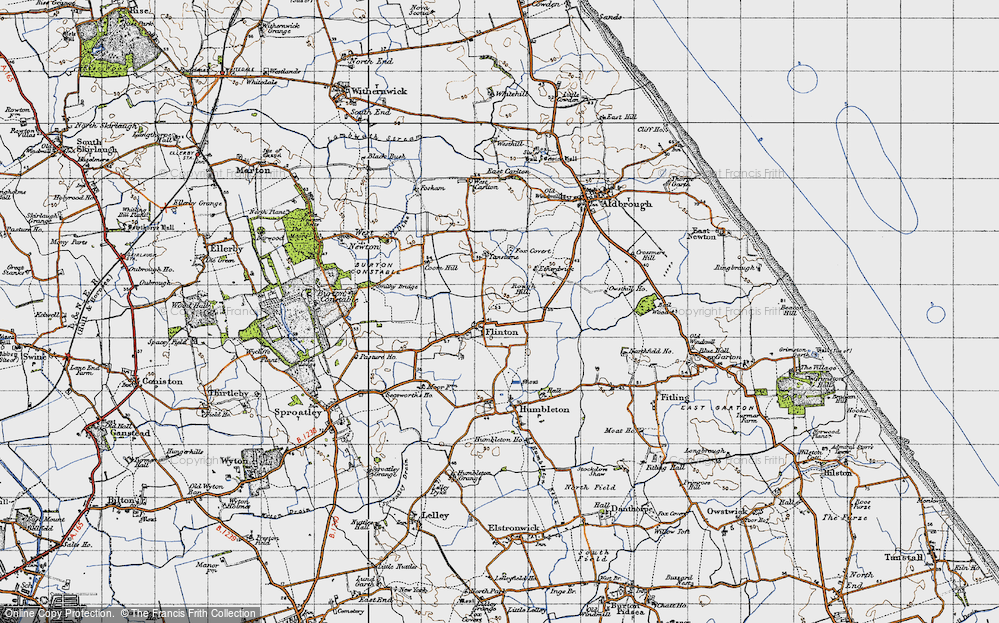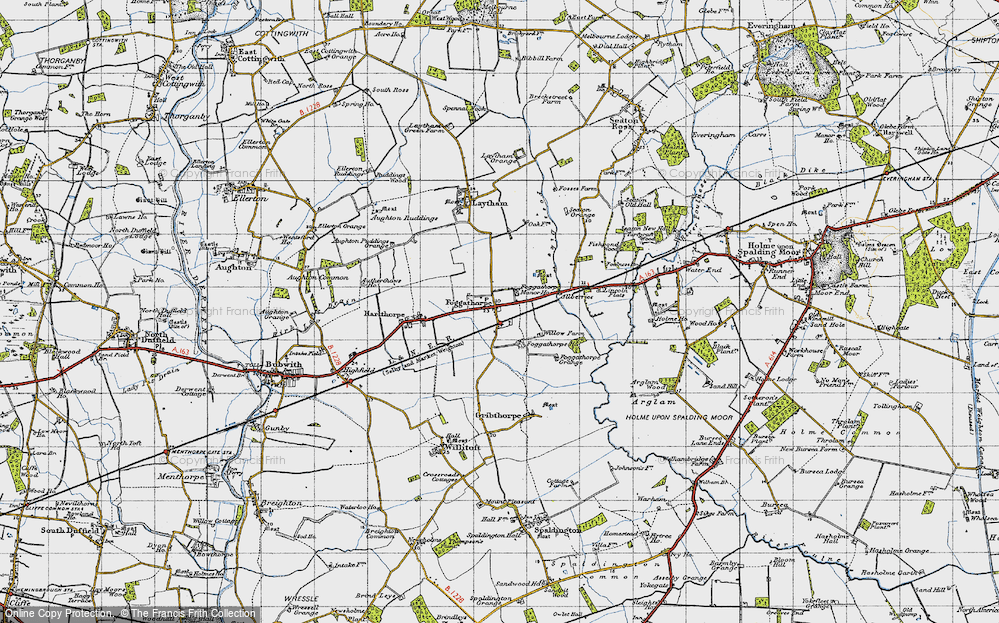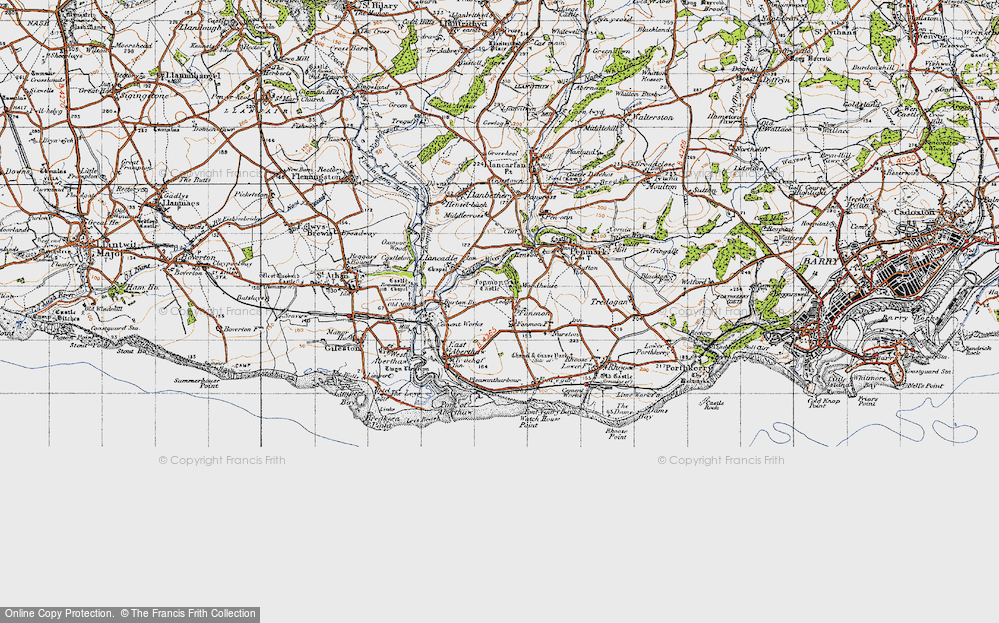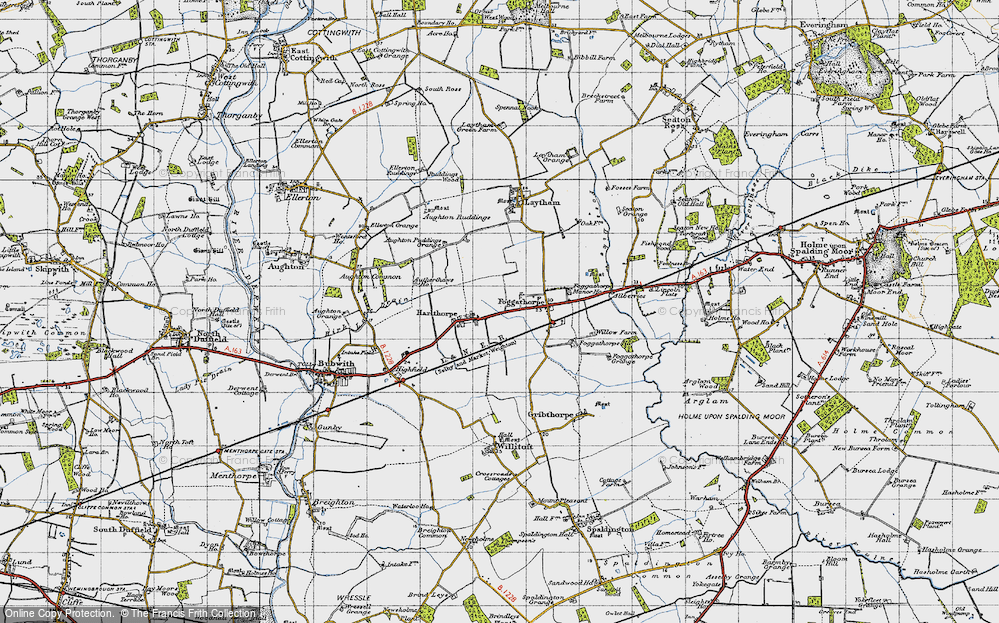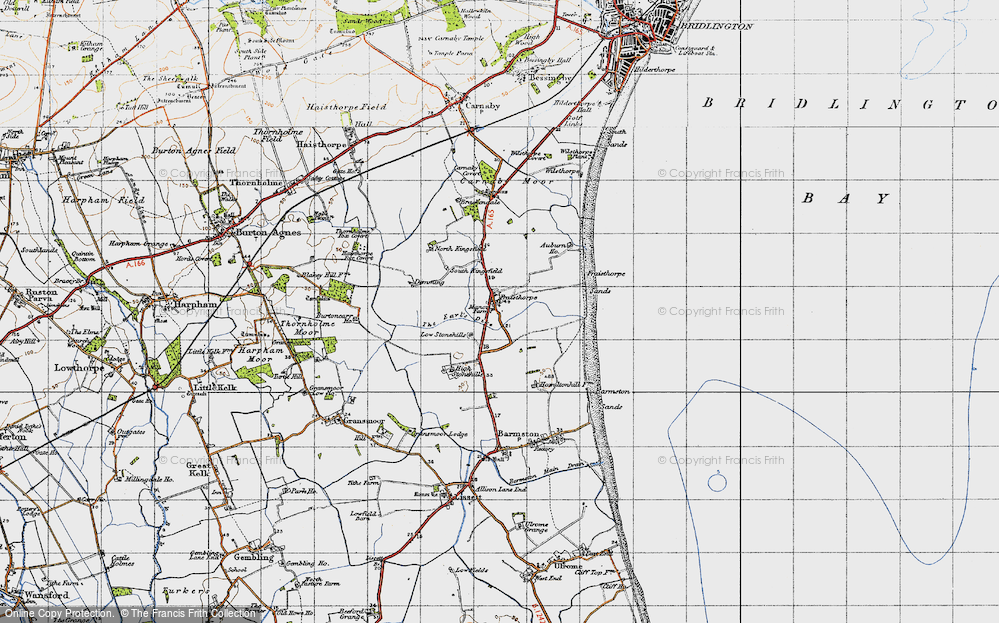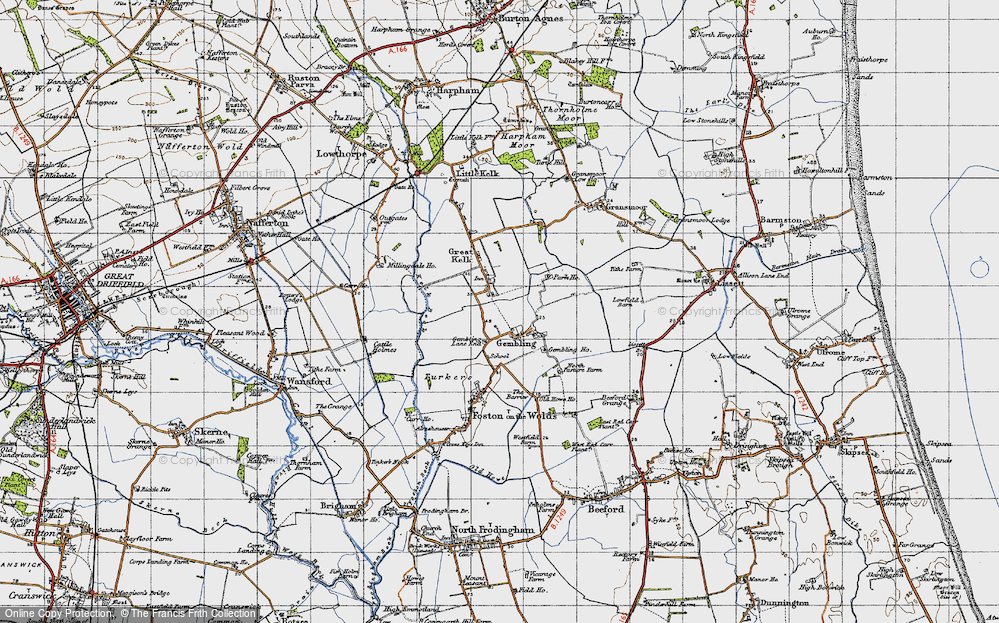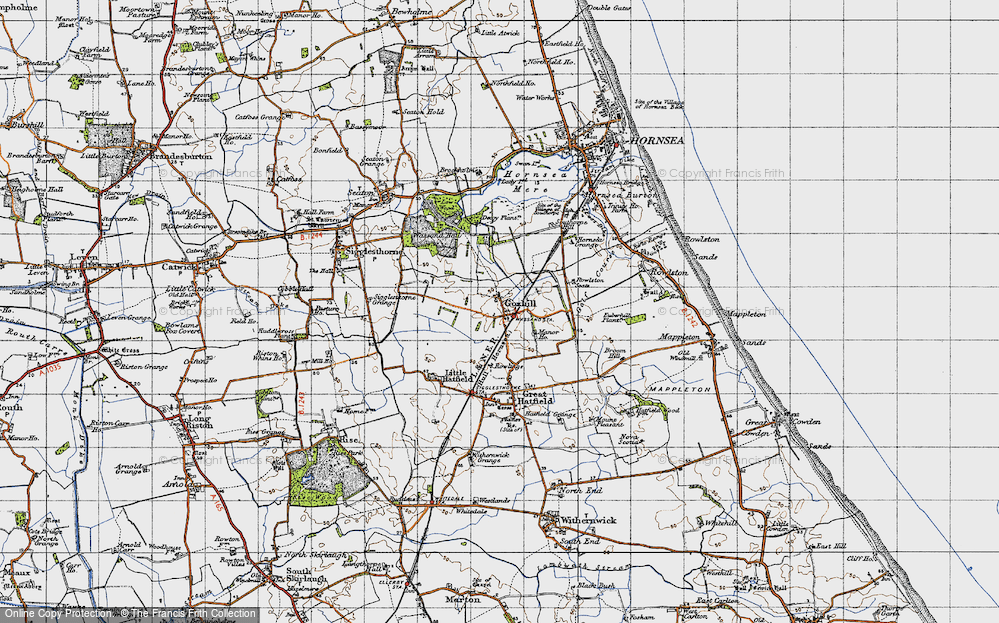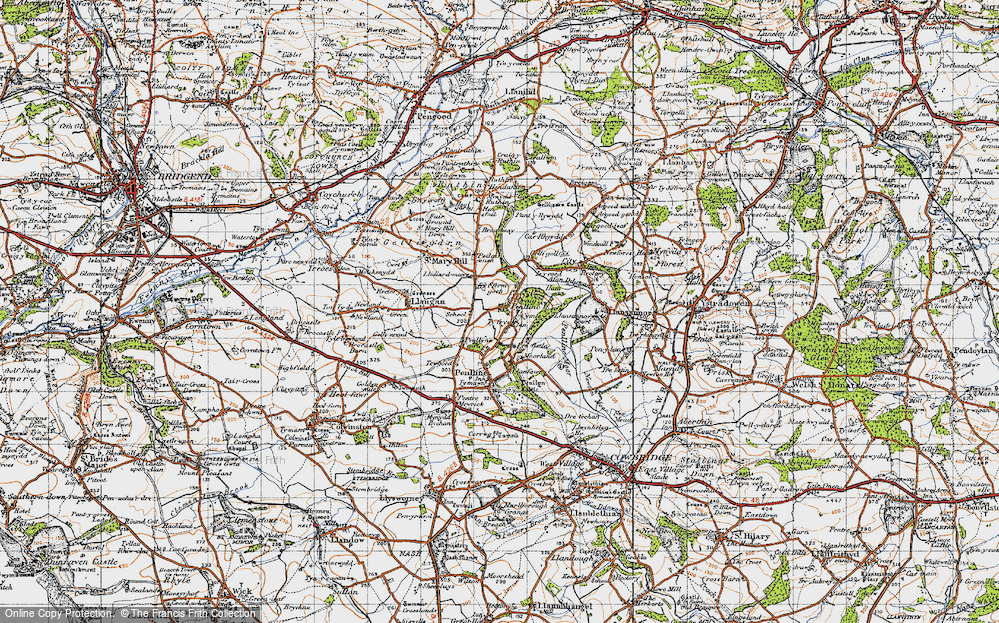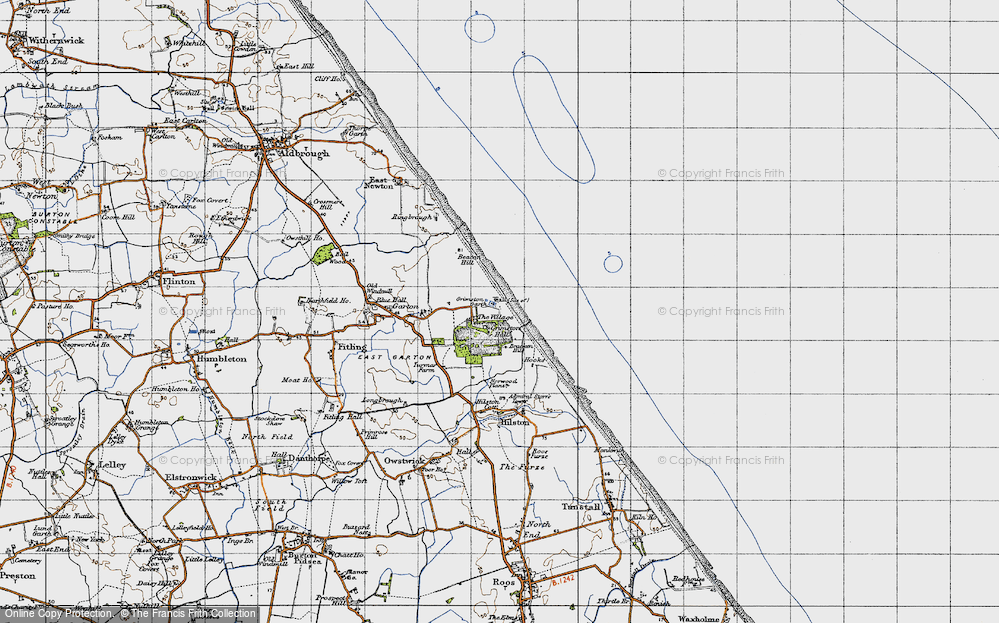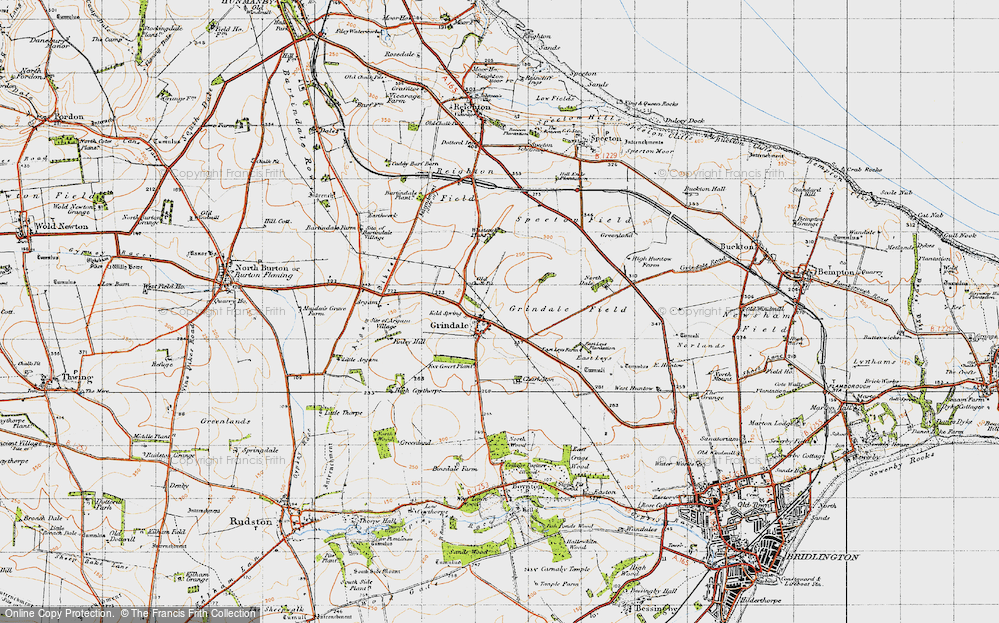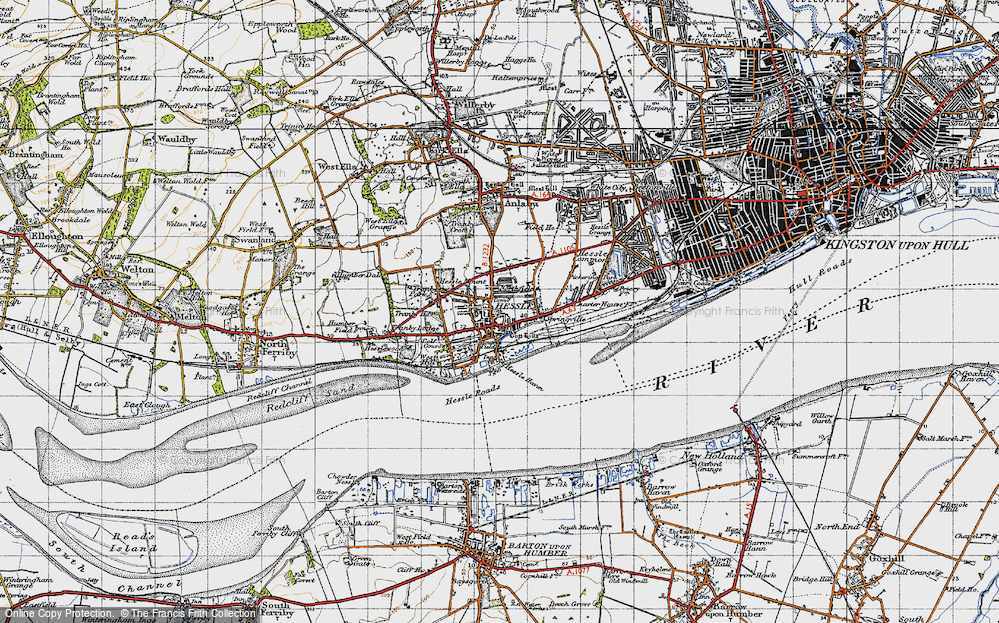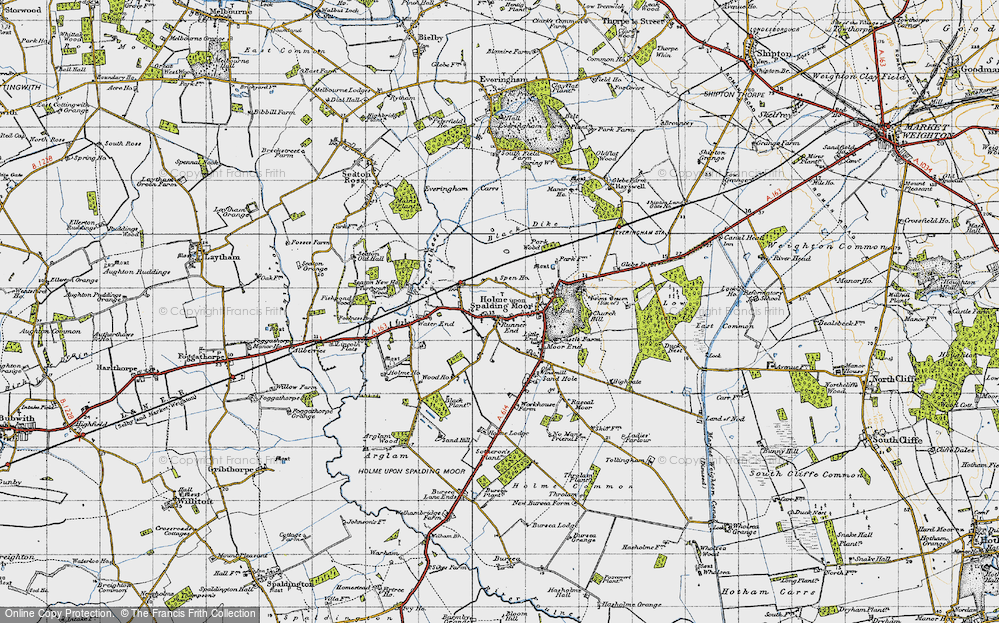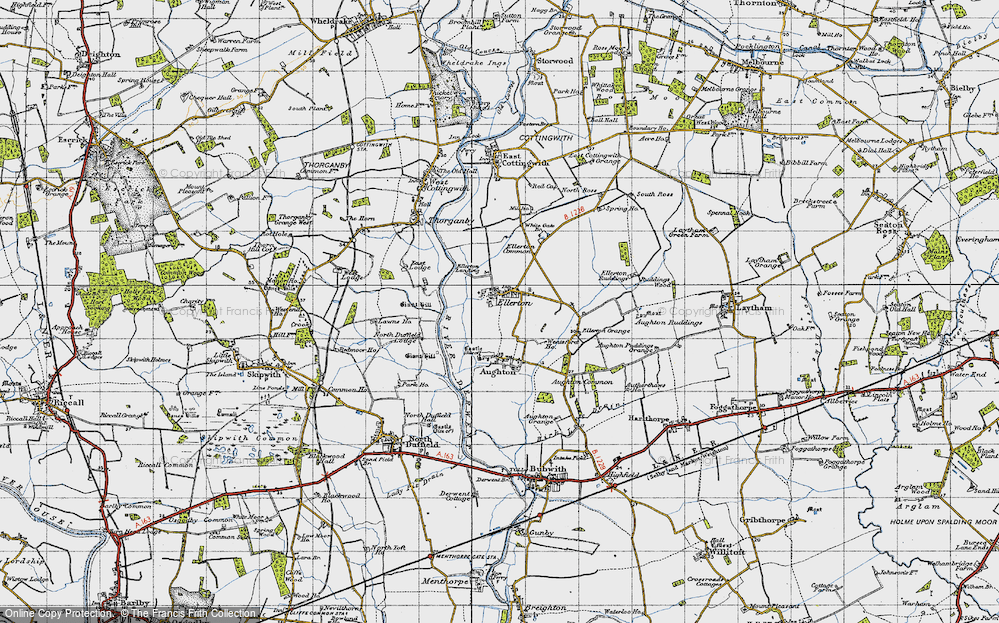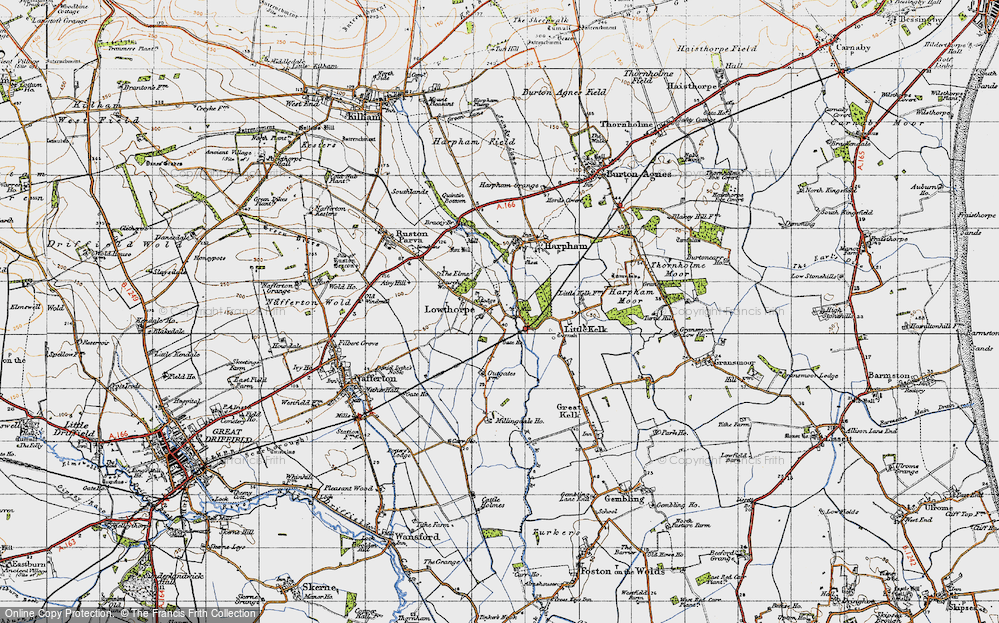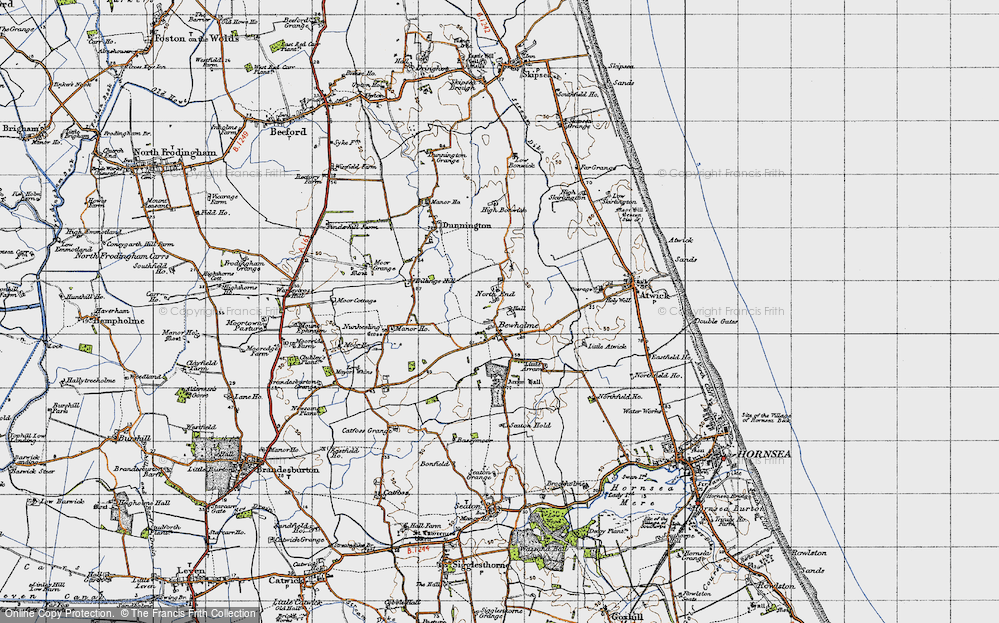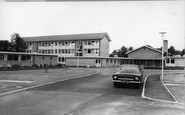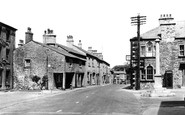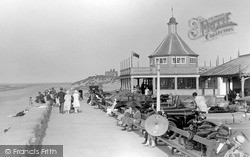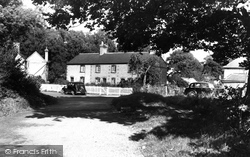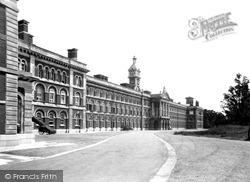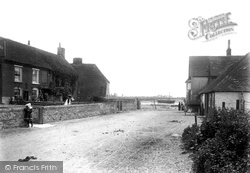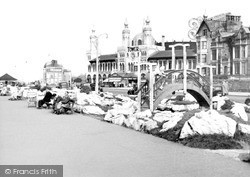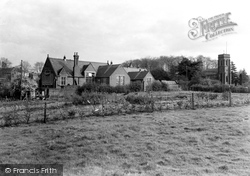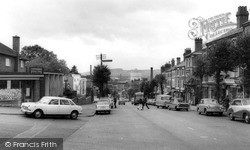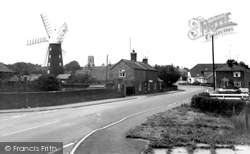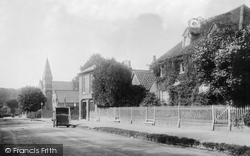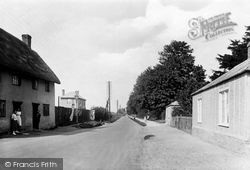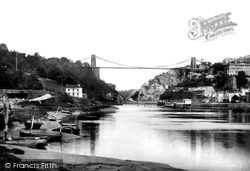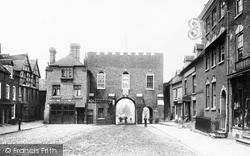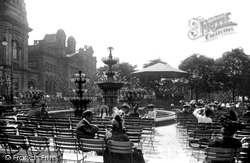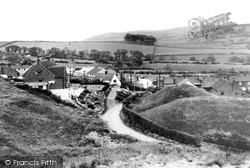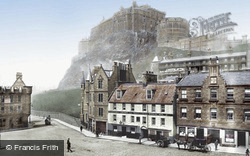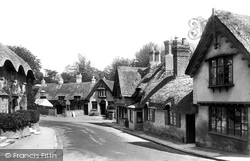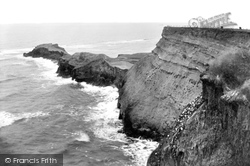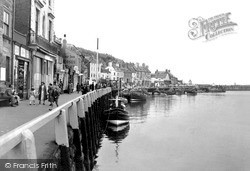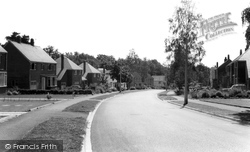Merry Christmas & Happy New Year!
Christmas Deliveries: If you placed an order on or before midday on Friday 19th December for Christmas delivery it was despatched before the Royal Mail or Parcel Force deadline and therefore should be received in time for Christmas. Orders placed after midday on Friday 19th December will be delivered in the New Year.
Please Note: Our offices and factory are now closed until Monday 5th January when we will be pleased to deal with any queries that have arisen during the holiday period.
During the holiday our Gift Cards may still be ordered for any last minute orders and will be sent automatically by email direct to your recipient - see here: Gift Cards
Places
Sorry, no places were found that related to your search.
Photos
Sorry, no photos were found that related to your search.
Maps
7,034 maps found.
Books
163 books found. Showing results 7,897 to 7,920.
Memories
22,913 memories found. Showing results 3,291 to 3,300.
A Brauton Boy
I was born in Braunton in 1938. I am now 75 yrs of age residing in Mansfield Woodhouse, Nottinghamshire where I have lived for the past 42 years. I have visited many countries in my life including a National Service stint for two and ...Read more
A memory of Braunton in 1930 by
The Family
I was born in Abergwynfi in 1942, but the family moved up to the midlands when I was a few weeks old. We returned home every year for our annual hols and sometimes at Xmas. The memories I hold are quite idyllic and I have never lost my ...Read more
A memory of Abergwynfi in 1942 by
Day 1
Howden School opened on a cold and snowy January day, I think it was the 17th. Before leaving our old schools we were each given a number and on arrival at the school we had to line up behind cardboard boxes with this number displayed. It turned ...Read more
A memory of Howden by
The 'preacher'
I lived in Burton, about 1958, with my parents, older sister Susan, and baby brother Anthony. We lived in Hornby House. Do you remember a man who used to stand at the Market Cross and preach to the locals? He used to shout so loud we could here it when we were in our house. Lizzie
A memory of Burton-in-Kendal in 1958 by
Just A Puddle Jumper
I lived about 3 minutes from the beach and down the steps and on to patches of grass we used to go jump on. The tide came in and out and used to leave behind seawater puddles collected by the green patches of grass. Of ...Read more
A memory of Knott End-on-Sea in 1962 by
Millwain Road
I wonder if the person asking for memories about Millwain Road, Levenshulme remembers my friend & his family .... The Murray's from 32 Errwood Rd, corner of Millwain Rd. Their house was used in the making of a film (was it the L ...Read more
A memory of Levenshulme in 1961 by
Sedgefield Crescent
I lived at 15 Sedgefield Crescent leaving in 1960 to moved to Slough; dad was at Fords and he moved to Langley, Bucks. Dad was Gerry and mum was Lillian. My sister, Wendy, was born in 1953. I went to Dycourts and then to ...Read more
A memory of Harold Hill in 1960 by
Can Anyone Remember?
Hello, my name is Danny Corcoran and I am trying to trace my family tree. Unfortunately my father James Thomas (Tommy) Corcoran died last year and he hardly ever spoke about his life growing up. I have been going through his ...Read more
A memory of Crawshawbooth in 1950 by
A Death At Beachley
My aunt, Ida Fletcher, was in the WRAF in 1941. She was on leave visitng my grandmother who had a dress shop at 28 High St in Chepstow called "Cristofar" (it is now a wedding dress shop). They were having a picnic at Beachley ...Read more
A memory of Beachley in 1941 by
Fantastic Reception.
I was married in the Easter of 1969, and the reception was held at the Melton Grange. What a superb place, with its beautiful gardens where many photographs were taken, which I still treasure today. The splendour of the Grange ...Read more
A memory of Woodbridge in 1969 by
Your search returned a large number of results. Please try to refine your search further.
Captions
9,654 captions found. Showing results 7,897 to 7,920.
Here sun seekers sit or stroll on the promenade. Men's dress is still relatively formal, and the cars speak of some affluence.
This row of terraced labourers` cottages lies opposite Hilton Village Hall, previously the school, and adjacent to the maze.
This must be one of the last photographs of the old military hospital at Netley before most of it disappeared from the shores of Southampton Water in a huge heap of rubble.
A fishing village and yachting centre located on a creek of Chichester Harbour.
The origins of the parish church of St Peter on Heysham Head are lost in the mists of time. The earliest recorded date is 1080, when it was noted as an old Saxon church.
The buildings beneath the tower were completed at the turn of the 20th century. Just like Blackpool today, our tower building contained a theatre (later a cinema), a ballroom and gardens.
William Hancocks of Blakeshall Hall and his wife laid the foundation stone of Cookley church on 20 February 1849.
The station approach is off to the left in front of the 'Catering' sign.
Here we see yet another of the beautiful Lincolnshire windmills; this one was built in 1813. Again it is in the Lincolnshire style, with an ogee cap and five sails.
Towards the southern end of London Road, the 'tip-up' cart is parked waiting for its horse to be harnessed, whilst a milk cart (left) winds slowly up the hill towards the Congregational church close to
The building on the right, now demolished, stood on the corner of what is now Vicarage Road, and was the first county library in the town.
Brunel estimated that the bridge would cost £52,966 to construct.
The North Gate is the only part of the town's defences to survive, apart from the remains of the 12th-century castle.
There is much to see in this picture, including the flat-capped men looking directly at the photographer on the right, and the more casual observers further up the street.
In 1891 the resident population of Southport was 32,191 and by 1901 it had grown to over 48,000. As can be seen in this picture, a large proportion of the audience is female.
This is a quiet corner of Skelton on a narrow lane in the area called The Hills – we can clearly see the rural nature of the surrounding countryside.
This was the site of many an execution and the location of the Porteous Riots in 1736. John Porteous was appointed captain of one of the companies employed to keep the peace.
In 1891 the resident population of Southport was 32,191 and by 1901 it had grown to over 48,000. As can be seen in this picture, a large proportion of the audience is female.
At the inland end of Shanklin Chine is the old village, a delightful array of thatched cottages, with honeysuckle and roses around the door.
The basic fabric of the church can be no later than the end of the Early English period, around 1300. The elegant five-bay north and south arcades are witness to this date.
Just south of the abbey's cliffs lie these rocks, which show the inroads made by the alum mining industry during the previous centuries.
Then as now, one could dawdle on the way to the beach and look at the gift shops or stop for a cuppa, or even have some oysters – an oyster stall is just visible (centre left).
The Local Area Committee of the Borough Council is doing its best to maintain the special ambiance of the district.
The Local Area Committee of the Borough Council is doing its best to maintain the special ambiance of the district.
Places (0)
Photos (0)
Memories (22913)
Books (163)
Maps (7034)




